Playing the banjo can be an enriching experience, full of unique rhythm patterns and sounds that are characteristic of this distinct instrument. It adds flavor to a wide range of music genres, from country and bluegrass to jazz and even modern pop. Whether you’re a seasoned musician seeking to diversify your skills, or a beginner eager to embark on your musical journey, learning to play the banjo can open a new world of sonic exploration. This guide aims to provide you with fundamental knowledge and techniques to get you started on the path to becoming a proficient banjo player.
Where to start playing the banjo
Before you start strumming, choosing the right banjo is crucial. Banjos come in different types, primarily differentiated by the number of strings – four, five, or six. As a beginner, a five-string banjo is commonly recommended due to its versatility in music genres. Once you’ve got your instrument, begin by familiarizing yourself with its parts such as the head, neck, frets, and tuning pegs. This will help you understand how the banjo produces its distinctive sound. Furthermore, learning to properly hold the banjo and use the finger picks are essential first steps. Begin with simple chords and gradually progress to scales and more complex fingerings. Remember, consistent practice is key. Consider engaging a music teacher or joining online lessons to guide your learning process. As with learning any musical instrument, patience and persistence will pave the way to mastery.[1]
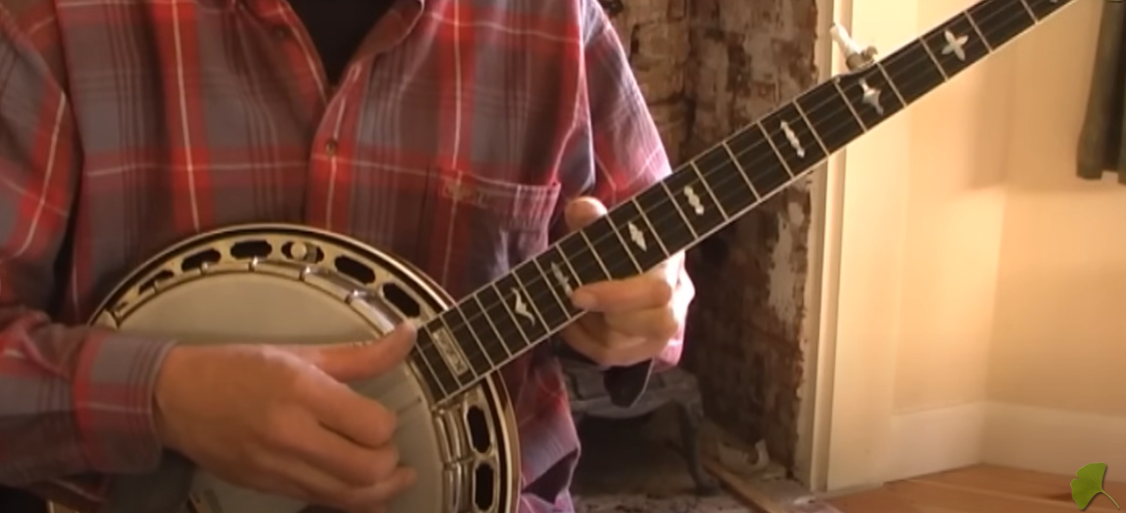
How many types of Banjo are there?
Banjos are distinguished by their number of strings, style of play, and construction features, leading to a variety of types. The most common ones include the 4-string tenor banjo, popular in jazz and Celtic music, and the plectrum banjo, which is also a 4-string but with a longer neck. The 5-string banjo, widely used in bluegrass and folk music, is the one most people are familiar with. The 6-string banjo, also known as a banjitar, is tuned like a guitar and thus allows guitarists to achieve the banjo sound with familiar fingering. Lastly, there is the lesser-known 12-string banjo, which produces a richer, fuller sound. Each type of banjo offers its unique sonic characteristics, extending the diversity of music you can play.[1],[2]
Banjo Parts Explained
Understanding the anatomy of a banjo is key to mastering the instrument. A banjo comprises several parts, each contributing to its unique sound:
- Head: The head of the banjo is similar to a drum skin, and it’s where you strike with your fingers or a pick to produce sound. It’s typically made of plastic, or in some traditional models, animal skin.
- Pot: This is the circular body of the banjo, containing the head, the tension hoop, and brackets. The pot resonates with the vibrations from the head to amplify the sound.
- Neck: Attached to the pot, the neck is where you’ll find the frets. It’s where your left hand (assuming you’re right-handed) presses down on the strings to create different notes.
- Frets: These are the metal strips across the neck. By pressing a string against a fret, you change the length of the string that can vibrate, thereby changing the note.
- Strings: Depending on the type of banjo, there can be four, five, or six strings. They stretch over the neck and head of the banjo.
- Bridge: This wooden piece supports the strings on the head. It transfers the vibrations of the strings to the head.
- Tuning pegs: Attached to the headstock, these allow you to tighten or loosen the strings to alter the pitch.
- Tailpiece: Located on the end of the banjo opposite the neck, it anchors the strings to the body of the banjo.
Familiarize yourself with these parts, as understanding how each contributes to the overall sound will significantly aid in your playing and tuning of the instrument.[2]
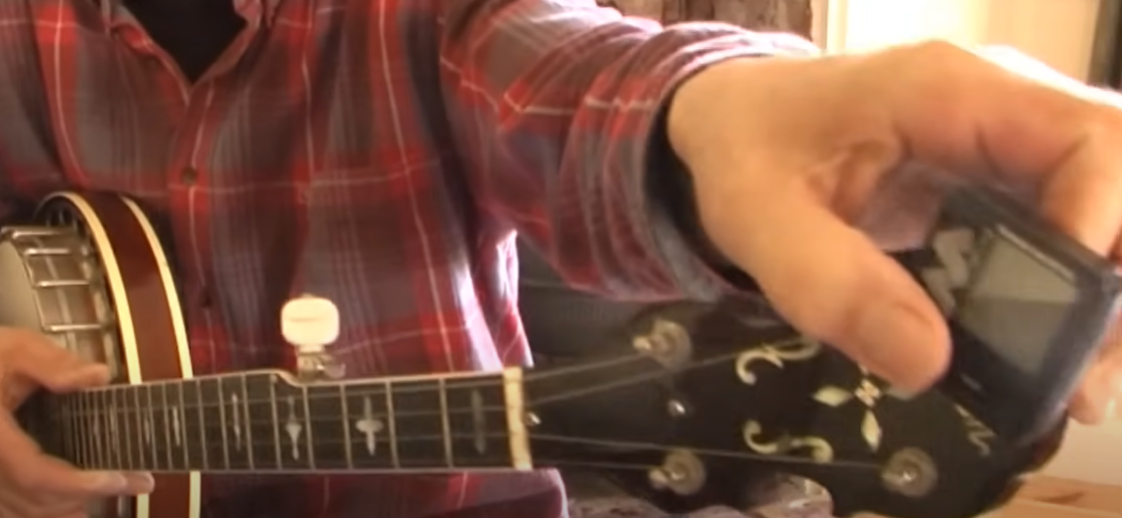
How to Play the Banjo
Tune Your Instrument
Proper tuning is fundamental to playing any musical instrument and the banjo is no exception. As a rule of thumb, a standard 5-string banjo is typically tuned to G-D-G-B-D. Beginning from the 5th string (the shortest one), the tuning ascends to the 1st string.
To start, ensure your environment is quiet, then play each string one at a time. Listen closely to the pitch each string produces. Turn the tuning pegs, located on the headstock, to adjust the tightness of each string. Turning the peg towards you (clockwise) tightens the string raising the pitch, and turning it away from you (counter-clockwise) loosens the string, lowering the pitch.
Tuning is something that may need to be done frequently, especially with a new banjo as the strings tend to stretch out of tune until they are properly “broken in”. Always check your tuning before you start to play to ensure the best sound quality. Remember, practice makes perfect, and with time, your ear will become more adept at recognizing the correct tuning.
Adjust Your Body
When playing the banjo, your body posture plays a crucial role in both your comfort and the quality of your performance. Begin by sitting upright in a chair that allows your feet to rest flat on the floor. Hold the banjo on your lap, allowing the instrument’s weight to rest there, rather than using your hands to support it. This position facilitates a more relaxed playing posture and prevents fatigue. Your left hand (or right for left-handed players) should be on the neck of the banjo, with your fingers ready to press the strings against the frets. The elbow should be slightly bent, and your wrist should be straight. Avoid any strain or discomfort in your hand or forearm. Meanwhile, your right hand (or left for left-handed players) should be positioned over the strings for picking or strumming. Ensure that your wrist is relaxed and that your fingers can move freely over the strings. Remember, the keys to a great performance are comfort and relaxation, so take time to adjust your body and find the posture that works best for you.
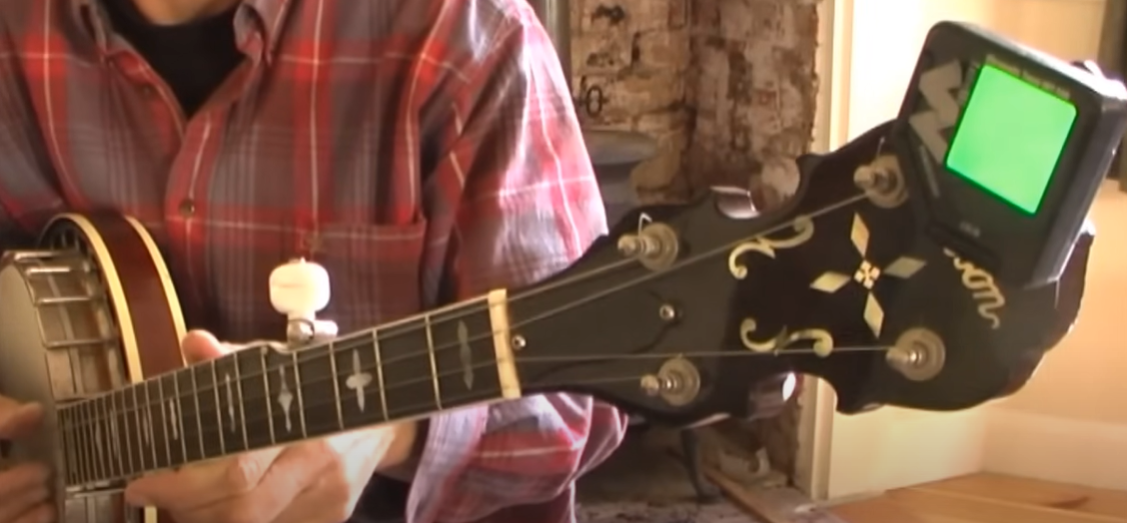
Put Your Hands in Position
Proper hand positioning is an essential aspect of playing the banjo effectively and comfortably. Start by positioning your left hand (or right if you’re left-handed) on the neck of the banjo. Your fingers should be poised over the frets, ready to press the strings down. Your thumb should be placed behind the neck, providing a stable grip and aiding in finger movement. Meanwhile, your other hand should float over the strings, ready to strum or pick. Ensure that your wrist is relaxed and not bent too much in any direction. For picking, your thumb, index, and middle fingers should be in contact with the strings, while the remaining fingers are lightly rested on the banjo head. For strumming, you can use either your thumb or a plectrum (pick). Remember, maintaining a relaxed and correct hand position will not only help you play more efficiently, but also prevent potential strain or injury from prolonged playing. Practice until this hand positioning becomes second nature. With time, you’ll notice your proficiency improving, enabling you to play more complex pieces with ease.
Get Comfortable Playing a Banjo With a Pick
Using a pick while playing the banjo can enhance the volume and clarity of your sound. It allows you to create a variety of tones by adjusting your picking technique and position. Begin by holding the pick between the thumb and index finger of your strumming hand. Ensure that the pointed end of the pick is facing away from your palm and towards the strings. The grip should be firm enough to hold the pick in place, but relaxed enough to allow for fluid movement.
Remember, the key to mastering the pick is practice. Start slow, focusing on accuracy rather than speed. As you become more comfortable, gradually increase your pace. With consistent practice, you’ll be strumming and picking with a banjo pick like a pro in no time.
Learn Basic Rolls on the Banjo
In banjo playing, a “roll” is a pattern of notes that is repeated over and over. It’s a fundamental technique that you’ll use frequently in your playing, so it’s important to practice and become comfortable with it. There are many types of rolls, but as a beginner, you should start with the three most basic ones: the forward roll, the backward roll, and the alternating thumb roll.
- Forward Roll: This roll pattern is played in the order of Thumb-Middle-Index (T-M-I) on any strings. It creates a smooth, flowing sound that’s often used in bluegrass music. Example: T (3rd string), M (1st string), I (2nd string).
- Backward Roll: As you might guess, this roll is the opposite of the forward roll. The pattern is played in the order of Middle-Index-Thumb (M-I-T). Example: M (1st string), I (2nd string), T (3rd string).
- Alternating Thumb Roll: This roll pattern alternates between the thumb and the other fingers. The pattern is Thumb-Index-Thumb-Middle (T-I-T-M). This roll is great for maintaining a steady rhythm and is a staple in many banjo songs. Example: T (3rd string), I (2nd string), T (5th string), M (1st string).
Start practicing these rolls slowly, focusing on maintaining an even rhythm. As you become more comfortable with them, you can start to increase your speed. Remember, the goal is not to play as fast as possible, but to play smoothly and consistently. With practice, these roll patterns will become second nature, and you’ll be able to use them to create a wide variety of sounds on your banjo.[2],[3]
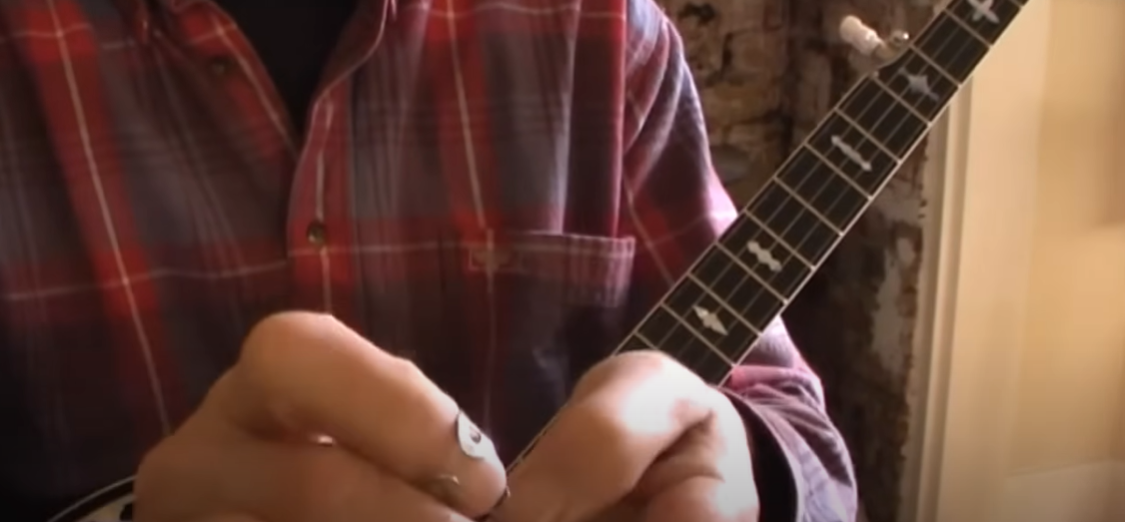
Banjo Playing Styles Explained
There are several different playing styles that you can adopt when playing the banjo, each with its own distinctive sound and technique. The three most common styles are clawhammer, bluegrass, and tenor.
- Clawhammer: This style, also known as frailing, is an old-time folk music style. The name “clawhammer” refers to the hand shape used to strike the strings. Instead of picking the strings upwards, the player uses a downward motion, striking the strings with the back of the thumb and the fingernails. This style produces a rhythmic and droning sound.
- Bluegrass: Also known as the Scruggs style, named after the famous banjo player Earl Scruggs, this style is characterized by its three-finger picking pattern, which gives it a fast, rolling sound. This is the style most people associate with the banjo. Bluegrass banjo playing heavily involves the use of rolls, as discussed in the previous section.
- Tenor: The tenor style is commonly used for jazz, celtic, and popular music. Tenor banjos usually have four strings and are played with a pick. This style is characterized by a rhythm-chord technique.
Each of these styles has its own appeal, and the one you choose to learn may depend on your musical preferences. Remember, learning to play the banjo is a journey, and the style you start with does not have to be the style you stick with. As you grow as a musician, you may find that you enjoy exploring different playing styles.[4]
Buying Your First Banjo
Choosing the right banjo as a beginner is a critical step in your musical journey. When buying your first banjo, it’s important to consider several factors:
- Type of Banjo: Banjos come in different types, the most common being 4-string (tenor), 5-string, and 6-string (banjo guitar). As a beginner, a 5-string is usually the best choice as it’s widely used in many music styles, especially bluegrass.
- Size of The Banjo: Banjos come in different sizes, with resonator banjos being larger and louder, and open-back banjos being smaller and lighter. As a beginner, an open-back banjo is often recommended due to its lighter weight and softer tone.
- Quality of the Material: The quality of the materials used in construction of the banjo can affect its durability, sound and playability. Look for a banjo with a high-quality wood such as maple, mahogany or walnut for the neck and body, and a metal tone ring for a crisp sound.
- Price: Banjos can range from a hundred to several thousands of dollars. As a beginner, aim for a banjo within the $200-$500 range. This should get you a decent quality instrument without breaking the bank.
- Brand: There are many banjo manufacturers with good reputations. Brands like Deering, Epiphone, Fender, Gibson, and Gold Tone are known for their quality and are a good starting point for beginners.
Remember, the best banjo for you is the one that sounds good to your ear, feels comfortable in your hands, and fits within your budget. It’s always a good idea to try out a few options in person before making your decision.[4]
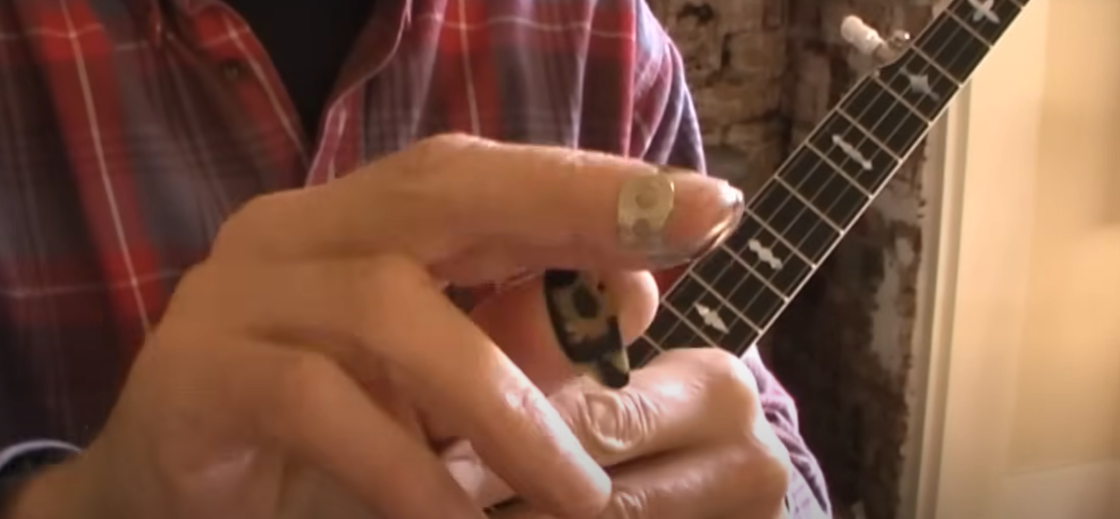
FAQ
Is it hard to learn to play the banjo?
Learning to play any musical instrument comes with its own unique set of challenges, and the banjo is certainly no exception. However, the difficulty of learning the banjo can be subjective and largely depends on various factors such as your musical background and the amount of time you are willing to dedicate to practice.
Many beginners find the banjo to be a fairly accessible instrument, particularly those who have prior experience with other string instruments. The three-finger picking style used in bluegrass banjo playing may initially appear complex, but with consistent practice, it gradually becomes second nature. This style of playing offers a distinct and captivating sound that is deeply rooted in the traditions of bluegrass music.
On the other hand, the clawhammer style, known for its rhythmic challenges, provides a fascinating opportunity to explore the rich heritage of traditional folk music. By delving into this style, banjo players can unlock a whole new realm of musical expression and storytelling.
Regardless of the style you choose, mastering the banjo requires patience, dedication, and above all, a genuine enjoyment of the learning process. It is not merely a question of difficulty, but rather a fulfilling and enriching journey of musical discovery.
So, if you are ready to embark on this musical adventure, grab your banjo, embrace the challenges, and let the melodies guide you towards a deeper understanding and appreciation of this incredible instrument.
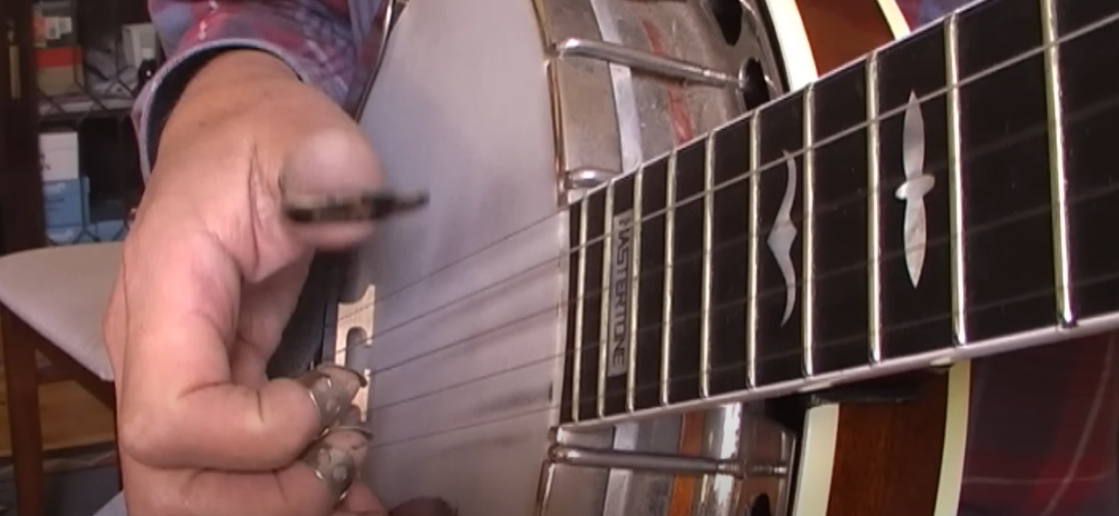
How is the banjo played?
Playing the banjo requires a combination of rhythmic strumming or picking and the formation of chords on the fretboard. Here are the basic steps to play the banjo:
- Holding the Banjo: Sit upright and place the banjo on your lap. Rest the body of the banjo on your right thigh (for right-handed players) or left thigh (for left-handed players). The neck of the banjo should extend to your left.
- Forming Chords: The left hand is used to press the strings down onto the fretboard to form chords. Each chord corresponds to a different musical tone. There are many chord shapes to learn, and these can be moved up and down the neck to change the pitch of the chord.
- Strumming & Picking: The right hand is used to strum or pick the strings, creating sound. Depending on the style you are playing, you may use a pick (tenor style) or your fingers (bluegrass and clawhammer styles). In bluegrass style, you use your thumb, index, and middle fingers in a rolling pattern across the strings. In clawhammer style, you strike the strings in a downward motion to create a percussive sound.
- Keeping the Rhythm: The rhythm is kept by the right hand as it continuously moves in a strumming or picking pattern. This pattern should stay consistent regardless of the changes made by the left hand.
- Reading Tablature: Banjo music is often written in a form called tablature, or “tab,” which shows where to place your fingers on the fretboard and which strings to pluck. It’s a crucial skill to develop when learning to play the banjo.
Remember, playing the banjo is a coordination of both hands working together. The left hand changes the pitch by forming chords, while the right hand creates the rhythm. As with learning any new instrument, it takes time and practice to become proficient. Start slow, be patient with your progress, and most importantly, enjoy the process!
##What is needed to play the banjo?
In order to start playing the banjo, you’ll need a few essential items:
- Banjo: The very first thing you need, of course, is a banjo. As mentioned in the previous section, it’s important to choose the right type and size of banjo that suits your beginner status and musical goals.
- Picks (if necessary): If you’re playing a style that requires a pick, such as tenor banjo, you’ll need to purchase some. They come in various thicknesses so you might want to try out a few to see what feels most comfortable for you.
- Tuner: A tuner is essential for ensuring your banjo is in tune before you start to play. There are traditional dial tuners, but many beginners find digital tuners to be more user-friendly.
- Case: A case will keep your banjo protected when not in use and make it easier to transport. Some banjos come with a case, but others do not, so you may need to purchase one separately.
- Instructional Materials: These are crucial for beginners. Banjo tutorial books, online lessons or DVDs can provide step-by-step guidance as you start your banjo journey. They often come with exercises and songs appropriate for your level.
- Strap: While not strictly necessary, a strap can make holding and playing your banjo more comfortable, especially during longer practice sessions.
- A Metronome: This is a tool that helps you keep time, which is essential when you’re learning to play an instrument. It can be a traditional mechanical metronome or a digital one, which often has more features.
Remember, the most important thing you need to play the banjo is patience and enthusiasm. Learning to play an instrument is a journey, and it’s important to enjoy every step.
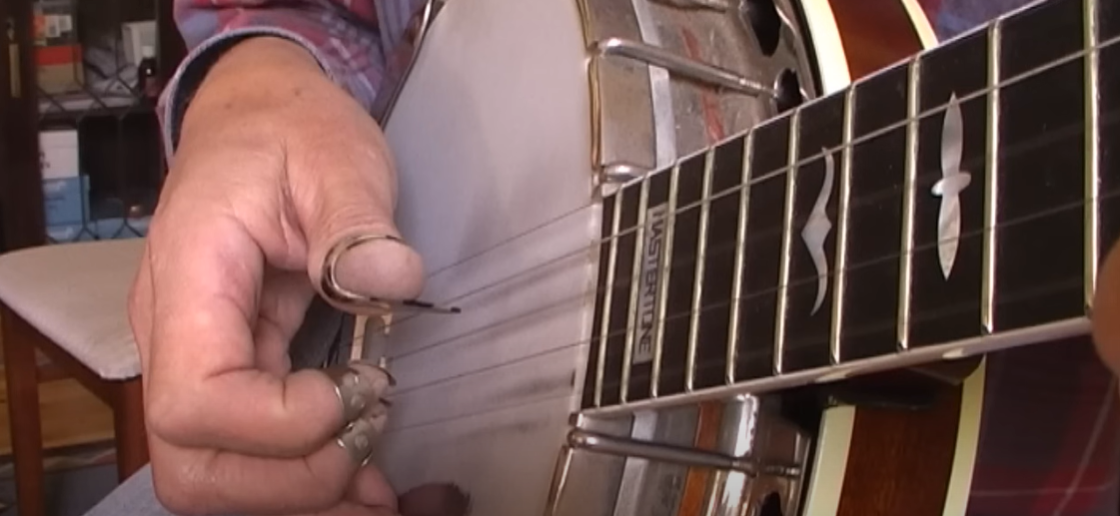
Do you need finger picks for banjo?
Whether you need finger picks to play the banjo depends on the style of music you wish to play. For the bluegrass style, finger picks are generally recommended. They allow for a louder, clearer sound and make it easier to execute the rolls characteristic of this style. Finger picks are typically worn on the thumb, index, and middle fingers of the right hand (for right-handed players). However, for clawhammer or frailing styles, you will primarily use the back of your fingernail, and finger picks are not usually used.
It’s important to note that finger picks are not a requirement for playing the banjo, and the choice to use them can also depend on personal preference and comfort. Some players find that finger picks enhance their playing experience, while others prefer the direct contact with the strings. As you gain experience and develop your technique, you may choose to experiment with different approaches to find what works best for you.
Remember, the joy of playing the banjo lies in the freedom to explore different styles and techniques, so don’t be afraid to try new things and make the instrument truly your own.
Is the banjo a difficult instrument?
The perception of difficulty in learning to play a musical instrument can vary greatly from person to person. When it comes to the banjo, in particular, it may present a unique set of challenges to overcome, but rest assured, it is by no means an insurmountable task.
One of the initial hurdles aspiring banjo players may encounter is mastering the three-finger picking style or the clawhammer style. These techniques require distinctive precision and rhythm, and it may take some time and practice to become comfortable with them. However, with regular and consistent practice, these techniques can become second nature, allowing you to effortlessly create beautiful melodies on the banjo.
Another aspect that some find less complicated compared to a guitar is that the banjo only has four or five strings (depending on the type). This can make it easier to navigate and understand the instrument, especially for beginners.
If you’re embarking on a banjo learning journey, you’ll be glad to know that there are readily available learning resources both online and offline. From video tutorials to instructional books, you’ll find a wealth of information to guide you through the learning process. These resources can provide valuable tips, tricks, and exercises to help you progress and improve your banjo playing skills.
Ultimately, learning the banjo is a rewarding and enjoyable journey that requires patience, dedication, and a genuine passion for music. With perseverance and a willingness to embrace the challenges, you’ll find yourself unlocking the full potential of this unique instrument and discovering the joy of creating music with the banjo.
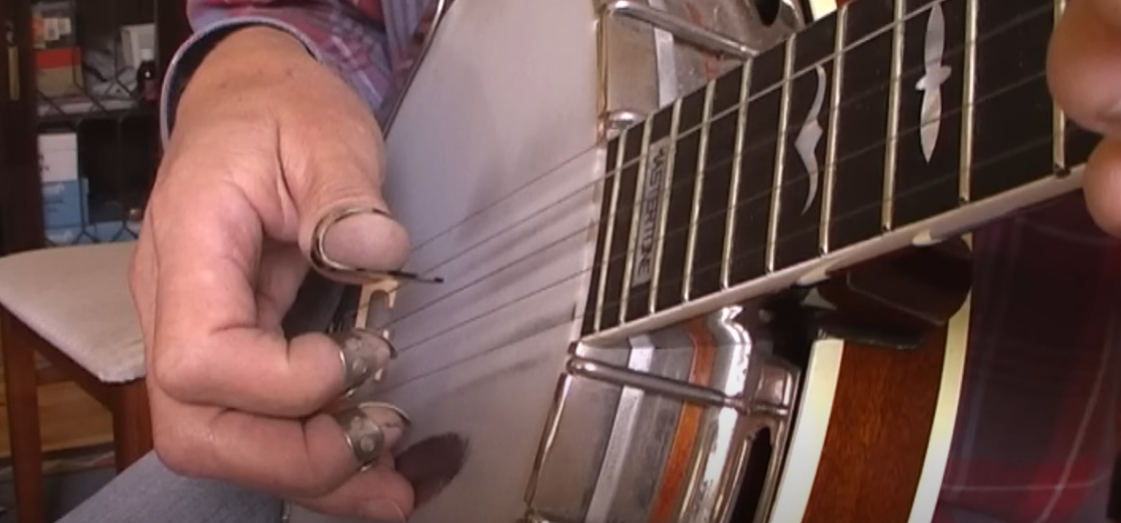
Can you play banjo with fingernails?
Yes, it’s entirely possible to play the banjo using your fingernails. In fact, in some styles such as the clawhammer or frailing style, using the back of your fingernail to strike the strings is a standard technique. This method produces a distinctive, clear sound and is an essential part of the rhythmical clawhammer style. However, over time, the constant striking may cause wear and possible breakage to your nails. To prevent this, some players may choose to grow their nails longer or use finger picks as an alternative. Again, the choice depends on the player’s comfort, playing style, and the sound they wish to achieve.
When it comes to growing longer nails, it’s important to remember that it requires patience and consistent care. Regular filing and shaping can help maintain the desired length and shape. Additionally, using strengthening nail treatments or keeping the nails moisturized can help prevent brittleness or breakage. Some banjo players even choose to use supplements that promote nail health, such as biotin or collagen.
On the other hand, finger picks provide an alternative to using your natural nails. These small, metal or plastic picks attach to the fingertips and allow for precise and controlled striking of the banjo strings. They can provide added volume and clarity to the sound, especially in genres that require fast picking or intricate melodies. However, using finger picks may require some adjustment and getting used to, as they can feel different from playing with bare fingers.
Ultimately, the decision to use fingernails, grow them longer, or use finger picks comes down to personal preference and the desired sound and style of playing. It’s important for banjo players to experiment and find what works best for them, as there is no one-size-fits-all approach. So whether you choose to embrace the natural sound and feel of your own fingernails or explore the possibilities offered by finger picks, the banjo remains a versatile instrument that allows for endless creativity and expression.
Useful Video: Beginning Bluegrass Banjo – Lesson 01 – For absolute beginners
Conclusion
Learning to play the banjo can be an incredibly rewarding experience, filled with both challenges and numerous accomplishments along the way. As with any musical instrument, mastering the banjo requires a combination of patience, dedication, and consistent practice.
To embark on this musical journey, you may consider utilizing various tools that can aid in your learning process. Finger picks or even long, well-maintained fingernails can produce distinct sounds and enhance your playing technique. Additionally, incorporating a metronome into your practice sessions can help you develop a strong sense of rhythm and timing.
While there are many instructional materials available, from books to online resources, finding a trusted teacher or mentor can provide invaluable guidance and support as you progress. They can offer personalized feedback and help you overcome any challenges you may encounter along the way.
The banjo itself offers a wide range of musical expressions, catering to different styles and genres. Whether you’re drawn to the lively bluegrass style with its intricate picking patterns or the unique rhythmic sounds of the clawhammer style, the banjo allows you to explore and create music in a truly unique way.
Above all, remember to embrace the process and enjoy every step of your musical journey. The joy of playing music comes not only from reaching your destination but also from the experiences and growth you encounter along the way. With time, dedication, and practice, you’ll discover your own distinctive voice in the resonating strings of the banjo. So, pick up your banjo, strum those strings, and let the music fill your soul. Happy playing!
References:
- https://jofflowson.com/banjo-for-complete-beginners/
- https://www.wikihow.com/Play-a-Banjo
- https://www.skillshare.com/en/blog/a-guide-how-to-play-banjo/
- https://info.deeringbanjos.com/how-to-get-started-playing-banjo#banjo_playing_styles_explained




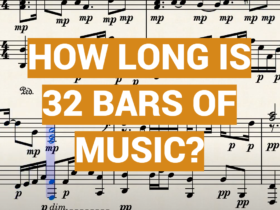
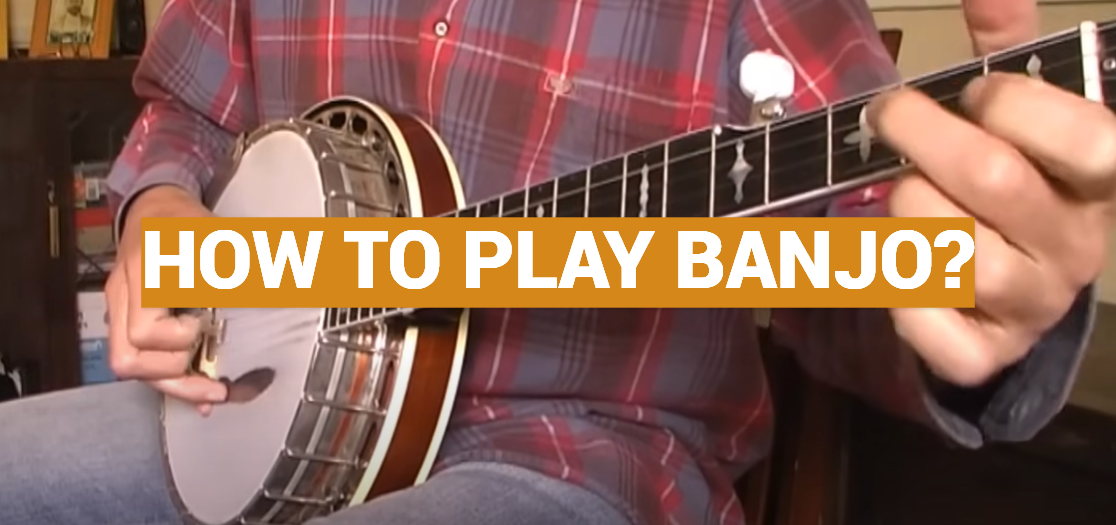

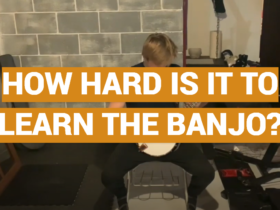

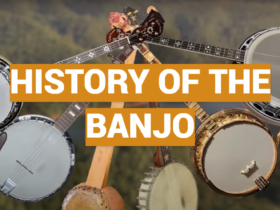
Leave a Reply